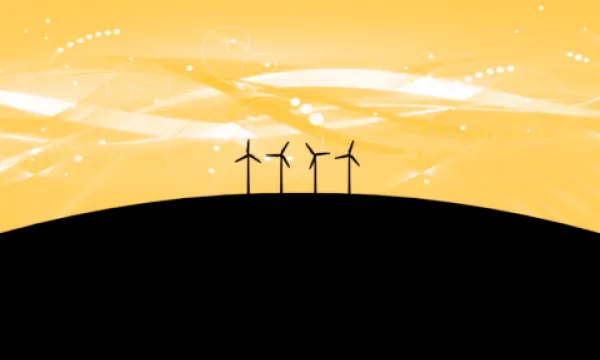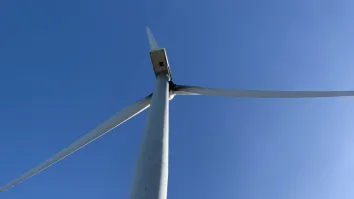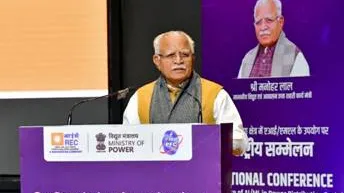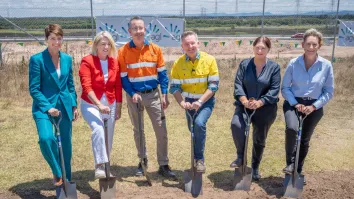
India's first wind power auction to upend traditional business model: analyst
How badly will the new trend hurt the industry?
India’s first ever wind power auction has resulted in a record low wind power tariff of INR 3.46 (US¢ 5.2)/kWh, just marginally higher than the record low levelized tariff of INR 3.29 (US¢ 4.9)/kWh in the recent Rewa solar auction. Mytrah, Sembcorp, Inox and Ostro are the winning bidders and will be awarded 250 MW each, according to Bridge to India.
Successful bidders will sign 25-year PPAs with PTC India, a power trading company (partly owned by the Government of India), which will sign back-to-back PPAs with DISCOMs.
The old model of wind procurement had become dysfunctional and significant delays in signing PPAs, rising incidence of grid curtailment and payment delays of up to 18 months were hurting the developers very badly.
Here's more from Bridge to India:
The sector is likely to shift entirely towards auction based allocation route but this transition may lead to a short-term hiatus in the market. It remains to be seen if investments in transmission grid can keep up with increases in renewable generation capacity and inter-state flows of power.
Historically, states have been procuring wind power under a preferential regime with feed-in-tariffs ranging between INR 4.00-6.00 (US¢ 6-9)/ kWh.
The move to auctions and replicate solar model has been very successful with tariffs falling below the critical INR 4.00 (US¢ 6)/kWh mark as predicted by BRIDGE TO INDIA. Inevitably, there are questions about the viability of these tariffs. We believe that the fall is attributable to two main sets of reasons.
First, the old model of wind procurement had become dysfunctional. Significant delays in signing PPAs, rising incidence of grid curtailment and payment delays of up to 18 months were hurting developers very badly and damaging sector prospects. By dealing with these risks, the tender has managed to attract intense competition from bidders.
The tender also provides a template for locating projects in high wind resource states, Tamil Nadu and Gujarat, and reducing power costs for other states – as with Rewa solar projects supplying power to Delhi Metro Rail.
Second, the preferential tariff regime was used by some wind turbine manufacturers to bundle together land, turbines and EPC work. This allowed them to command significant price premium and dominate the market. Auctions will provide more transparency to the sector, break wind turbine manufacturers’ domination and make the wind turbine market more efficient.
Reduction in tariffs will spur demand and also force a drastic rethink of how wind power is procured in India. The sector is likely to shift entirely towards auction based allocation route. Indian government wants to tender out 4 GW of wind capacity next year but capacity addition through the tendering process often takes a long time. This may lead to a short-term demand hiatus in the market.
Concentrating projects in resource heavy states will also put more strain on the transmission grid. It remains to be seen if investments in grid can keep up with increases in generation capacity and inter-state flows of power.



















 Advertise
Advertise






